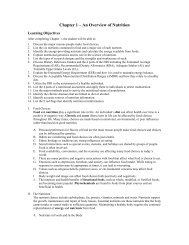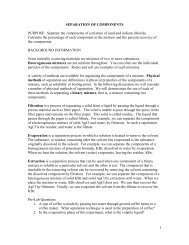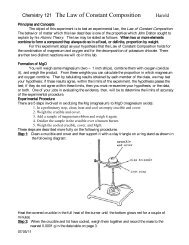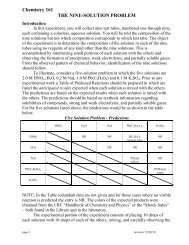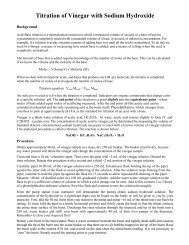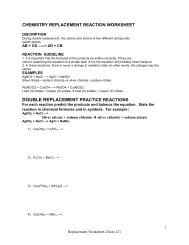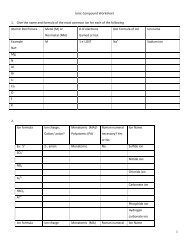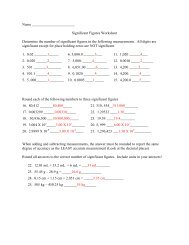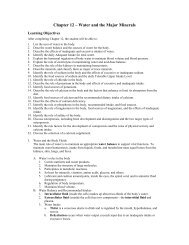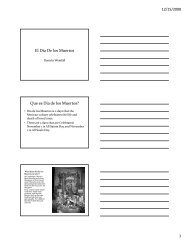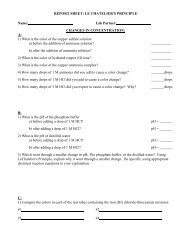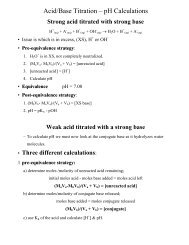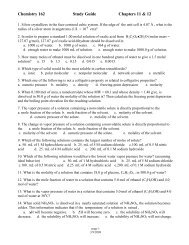american archaeology
American Archaeology Article - Library - Ctc.edu
American Archaeology Article - Library - Ctc.edu
- No tags were found...
Create successful ePaper yourself
Turn your PDF publications into a flip-book with our unique Google optimized e-Paper software.
LARRY GILLStudent Heather Haigh records the layers of the ancient shell midden by carefully drawing them. The bottom layer is 700 years old.“It’s huge,” Croes says, assessing the value of the Squaxin’scultural knowledge. “They told us that the decorations (on abasket uncovered last summer) could have indicated whothe family was that owned the basket,” he says. “How wouldwe know that if we weren’t sharing information?”Three types of cedar basketry have been recovered fromthe wet site: checker-weave matting used for making matsand bags for carrying goods or tools; fine twill used primarilyfor ornamentation; and open-weave baskets that were usedto carry heavy loads of clams and other items. They have alsofound scores of bone and stone projectile points and tools,jadeite adz bits, the remains of two fish traps, basket-makingdebris, and thousands of wood chips. “A lot” of woodworkingtook place there, Croes says. The people fashioned planks forhouses, poles for fish traps, and paddles for canoes.Croes, with the help of other researchers such as MarkCollard of Simon Fraser University in British Columbia,Canada, employs cladistics to place Mud Bay’s artifact assemblagein a cultural and historical context with other sites inthe region. Cladistics is a method of analyzing the evolutionaryrelationships between groups that is commonly used inbiology. In this case, Croes and his colleagues are trying totrace the constancies and changes in cultural knowledgeover time that informed the production of these artifacts.Mud Bay’s stone, bone, and wooden tools and projectilepoints resemble those found at other sites as far away as BritishColumbia. But the basketry does not. The items found atMud Bay have distinctive weave and decorative patterns, asdoes the basketry produced by other tribes. This indicatesthat the knowledge used to make some of these items waswidely shared. “Things like a good fish hook or a good netwent lightning quick between people,” says Croes. “But somethings aren’t transmitted because they represent who youare, an identity,” he adds, referring to ethnographic evidencethat tribal identity was expressed in basketry styles.The large shell midden speaks of massive shellfishgathering. More than 210,000 intact shells representingfive major shellfish species have been collected—Olympiaoysters, butter clams, bay mussels, littleneck clams, and horseclams. The midden’s bottom layer is 700 years old and peoplecontinued to dump empty shells there until the 1800s. It’sassumed that the recovered baskets and nets are of a similarage since they were found near the bottom of the midden.The researchers believe the site was a huge processingsite where a large family likely gathered to catch seafood,much of which was dried to preserve it for those times when18 winter • 2007-08



